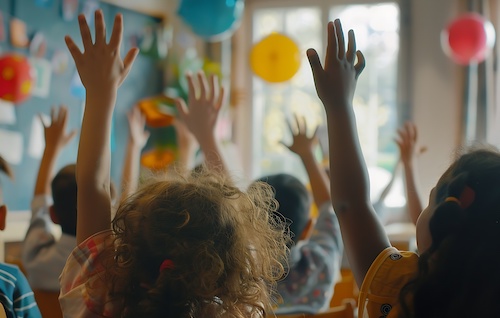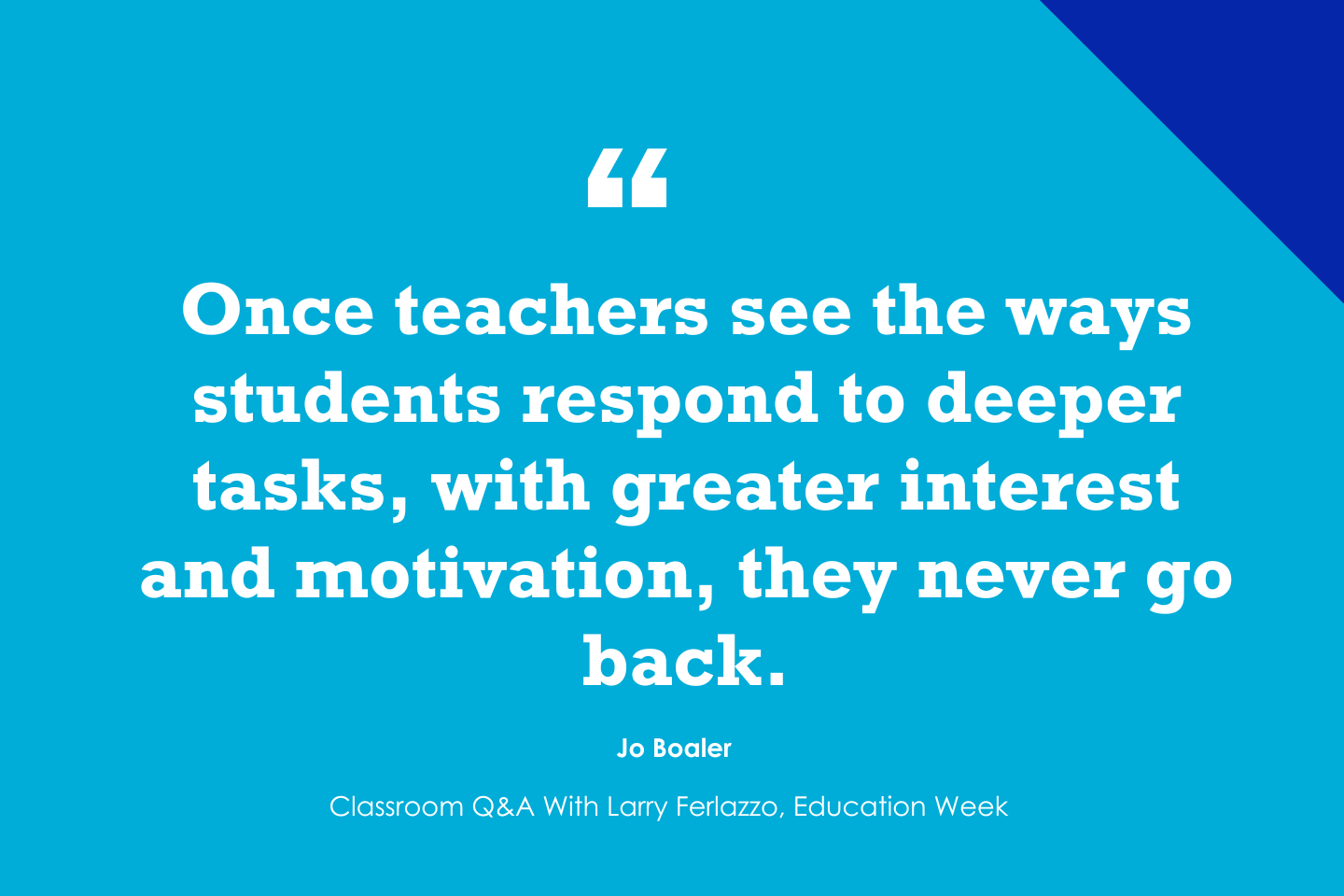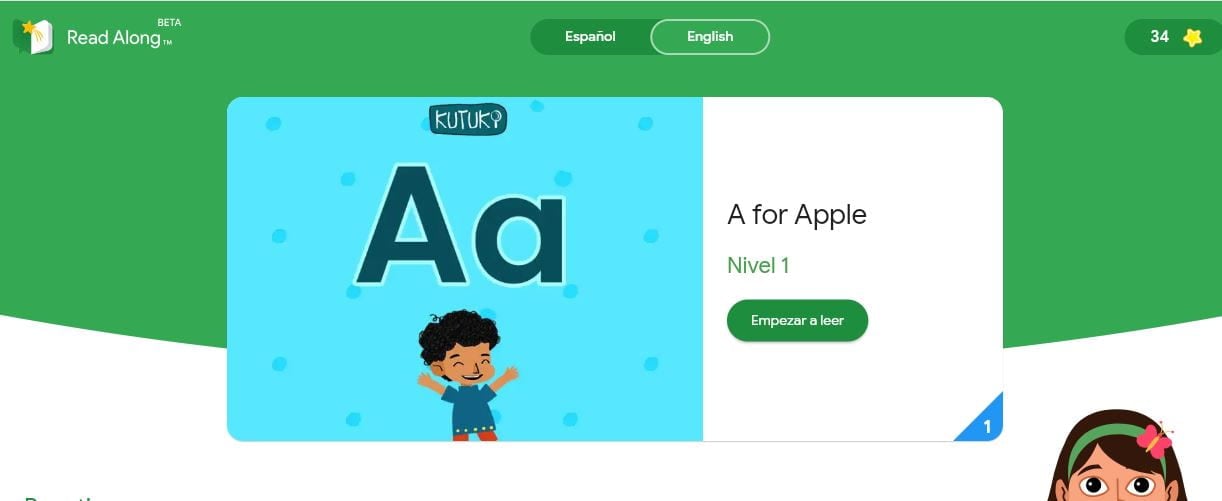Key points:
A creative and flexible approach makes the ELA classroom engaging
4 ways to encourage play in education
How to use PBL with makerspaces across your curriculum
For more news on instructional trends, visit eSN’s Innovative Teaching hub
As a former teacher and current teacher trainer, I have seen first-hand how challenging it can be to create English language arts (ELA) lessons that deeply engage students. While novels are engrossing for some students, teachers who use a variety of texts and media sources engage more students and address a broader range of topics and reading standards.
Supplementing novels with a variety of informational texts and primary sources that offer historical and modern context helps students make sense of the novels’ settings and characters as they connect the literature to the larger world. These connections make students more interested in the stories they read, enhancing their overall classroom engagement. If you then encourage students to research topics that interest them, they’ll be even more motivated to read and write–and they may even have some fun.
Here are four fun ways to get students engaged that worked for me in my classroom:
1. Helping students uncover their passions
I once had a student who insisted on writing her research paper on body piercings. I wasn’t convinced this would make a strong topic, so I suggested she consider other ideas. She was determined, though, and ended up delivering one of the most impressive research papers I’ve ever read. It covered a range of insights about body piercings, including how different religious cultures apply them and how they may benefit migraine sufferers. I genuinely learned several things from her paper, while she learned about research and writing because she was focused on a topic she was passionate about.
To create papers like this, students need the autonomy to discover and explore resources about a topic that interests them. In inquiry-based classrooms, teachers guide students through the research process and allow them to share their knowledge on their chosen subject. Teachers ask questions to encourage students to dig deeper, and then provide the variety of texts they need to conduct their research most effectively.
2. Giving students multiple points of entry
Offering access to novels, informational texts, primary sources, and audio resources such as podcasts gives students multiple ways to increase their understanding and appreciation of topics that interest them. (I would recommend listening to podcast episodes before assigning them to make sure they’re age-appropriate.)
Another point of entry for students is learning about the experiences of their peers, so when I taught eighth grade, I always assigned The Outsiders. This novel by S. E. Hinton is about teenagers living on two sides of Tulsa, Oklahoma, during the 1960s. While the novel is relatable to teenagers of any generation, the specific setting of Tulsa in the 1960s requires additional context about the historical background of the turbulent 1960s for students to grasp the novel’s intricacies. The moon landing, the Vietnam War, the explosion of youth culture, Woodstock, and the Civil Rights Movement all contribute to the novel’s background. Incorporating added historical context enhances how students understood the novel.
Another book I used to teach is Phineas Gage: A Gruesome but True Story about Brain Science. This nonfiction book chronicles the story of a man who was working on the railroad when he suffered a horrible brain injury that had a profound impact on his personality. Adding informational texts about the history of the medical profession, including previously accepted (now debunked) practices such as phrenology, gave students a historical perspective on medical knowledge. It opened up engaging dialogues about how far the medical field has come and where it might go. The subject matter helped students make connections across subjects, including science and math, adding to their engagement and excitement.
3. How fun days can be rigorous, too
Balancing rigor and fun is an ongoing challenge for many teachers. One way I did this was by making Fridays “fun days” that connected everything we did to a theme. For example, I stumbled upon a gorgeous sweater with a goose on it that inspired me to do an entire day focused on the topic of geese.
The students engaged in goose-related activities all day, including reading Aesop’s The Goose that Laid the Golden Egg. During a math lesson, they answered questions such as, “How much would a golden egg sell for today?” To answer the question, students needed to figure out the size of the average goose egg and then solve for mass and volume, considering the current value of gold. We did a gallery walk where students identified phrases and idioms that use the word “goose.” Even the informational texts we read were goose-centric.
To ensure students completed these lessons on time, I set up timed stations. The day went quickly. Students were so engaged in learning how geese flying over mountains ride the thermal updrafts like roller coasters that they didn’t quite realize how much time they had spent practicing important skills such as math, close reading, and critical thinking.
4. Looking beyond the research paper
It’s typical for ELA students to submit a final paper showcasing their ability to make an argument based on their interpretation of various texts. However, giving students options aside from a research paper can significantly increase student engagement. For example, I gave students a “choice board” that invited them to take a creative approach to showing their understanding of a novel. Some students created a playlist to accompany The Outsiders, choosing songs as a backdrop for specific scenes and explaining their reasoning. Others painted or drew a picture. Still others recorded a podcast episode on a particular scene or topic of interest relevant to the novel.
Having students participate in oral discussions is another fun way to enhance their understanding. I have held Socratic debates in my classroom, assigning students to develop and present arguments in front of an audience. Unlike a traditional speech format, debates force students to think on their feet and anticipate the arguments their opponents might make so they can counter them in real time.Allowing students to develop their debate topics can ease any nervousness they may feel about speaking in front of the class. They’ll be confident in the knowledge they have gained about a topic of their choosing.
I believe that every student has something–whether it’s a research topic or a way of showing what they know–that will get them excited about learning. When creative and flexible teachers discover that thing and provide the tools and support to explore it, the ELA classroom is a fun place for everyone.
As a former teacher and current teacher trainer, I have seen first-hand how challenging it can be to create English language arts (ELA) lessons that deeply engage students. eSchool Media, Featured on eSchool News, Innovative Teaching, Teaching Trends, challenging, classroom, ELA, English, interest, IT, primary sources, reading, Research, rigor eSchool News









